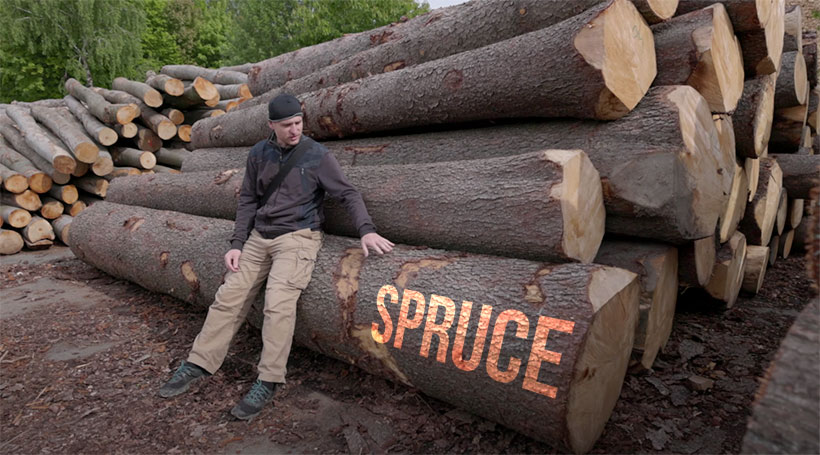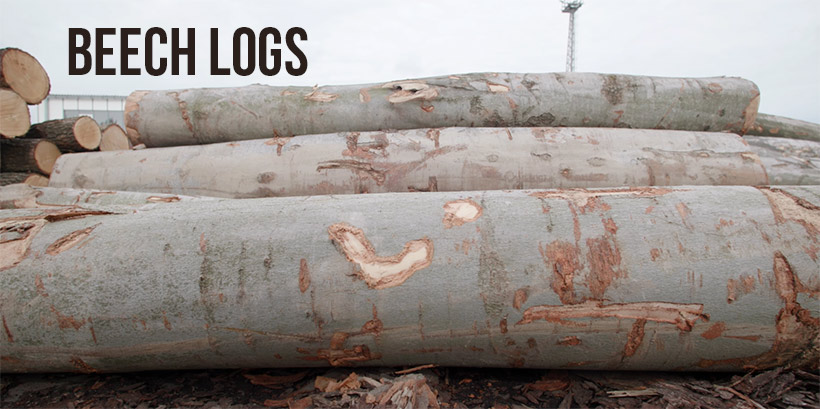Europe's Lumber bounty
Europe has only a few timber species, but they support a rich lumber market.
It's all about
The Trees
These 6 species make up the majority of the trees used in lumber mills in Europe. They are well adapted to local conditions and together they support sustainable and diversified forests.
European Trees recap
Norwegian Spruce
Spruce is the main timber product in much of Europe. It grows tall, straight, and quick. It brings in the most money for loggers. However, if planted in dense plantations, this species is susceptible to drought and to the spruce bark beetle. This is the topic of our documentary.

Silver Fir
Silver fir used to make up much of Europe’s ancient forests. It was wiped out from commercial forests because it grows slower than spruce. But the tree is extremely resilient, it does not suffer from insects damage, and the timber lasts forever. That is why it is experiencing a comeback.
Beech
Beech is a common early colonizer of forest plots. It grows relatively quickly and is one of the big three timber products in Europe. It is a hard and heavy timber, used for furniture.

Oak
Oak is a hard wood that is valued for its use in fine furniture. It grows much slower than most of the other trees though and hence takes longer to reach a size that it can be harvested. But it is the winner in the survival in climate change-impacted, drying landscape.
Ash
Ash trees grows super fast. In the US, ash is used traditionally in baseball bats. In Europe, it is unfortunately being hit by a fungal disease and the species is dramatically declining across the landscape.
Scotts Pine
This is the main pine species in Europe. It grows quickly and has a straight trunk. It can grow on poor soil so it’s a very versatile tree.
Other Trees
There are a few other trees that are occasionally used in the lumber market as well. These include birch, elm, poplar, hazelnut, cherry, hornbeam, willow, and barberry.